After almost two decades of experience in the art field, Masahiro Maki and his wife Yoshimi Maki opened last year a permanent space, MAKI Collection, where the public can view temporary exhibitions of artworks from their art collection for free. Their collection is focused on living artists of their generation, most of whom they have met in person. Among them is the renowned American artist Jonas Wood, who taught the Makis what it truly means to collect art — as the collector couple remarked, “His works in our collection are like our children”.
They further explained to LARRY’S LIST why Jonas Wood is the most important artist to them, why they are going to donate Jonas Wood’s “Tennis Court Drawings” to LACMA, MAKI Collection’s mission of bringing together artists, galleries, collectors, and museums, the artists on their wish list, and some other topics. They also shared their visions for the upcoming years: setting up an artist residency program, another space for large-scale exhibitions and events, as well as a sculpture garden.
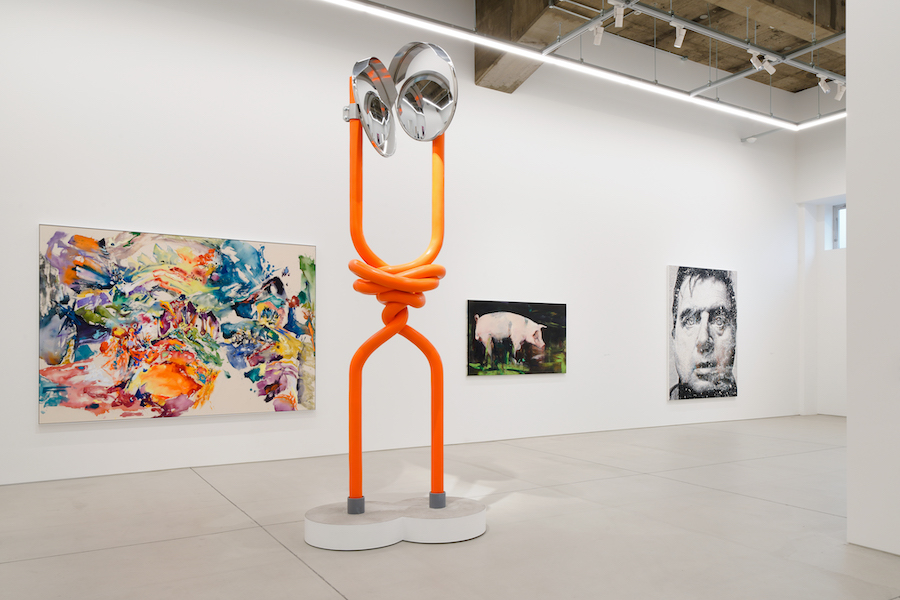
What is your motivation behind opening a public accessible space? Why is it important for you to share your collection with a wider public?
Despite Japan being one of the largest economies in the world, its art market is tiny and insular compared to those of Western countries. This is largely because of its many longstanding traditions and rules, to which the Japanese art market players still adhere. Japanese society in general frowns upon “showing off” expensive or valuable possessions to others, and self-assertiveness is often perceived as arrogance. This mentality is a relic of Japan’s isolationist past. In addition, perhaps since history and tradition are of the utmost importance in Japanese society, crafts and techniques developed over centuries are seen as more valuable than the innovative, avant-garde expressions that the rest of the world considers “high art”.
Some progressive artists and galleries who broke this mold started appearing around the late 1950’s and early 1960’s, when Abstract Expressionism was emerging all around the world. However, it was an exceedingly small number of people compared to Europe or the United States.
Ever since the Internet has given us immediate access to information from anywhere in the world, literacy and appreciation of contemporary art has slowly spread across Japan, and artists, galleries, and collectors who shed the restrictions of the old Japanese market have started to appear. However, as we have already mentioned, these Japanese collectors do not usually reveal their collections to the public. Artworks make their way from artists to collectors, but once they are sold, they rarely see the light of day again. This in turn limits the birth of new artists and collectors, as well as the growth of the Japanese art market in general.
We are gallerists in addition to collectors, so we have traveled to many different countries and interacted with artists of various backgrounds, as well as numerous collectors with public collections. We discovered that many overseas collectors openly promote their collections — regardless of size —and communicate closely and freely with artists. We found such transparency to be beneficial for everyone — artists, collectors, and gallerists alike — since it made it easier for everyone to discuss and propose solutions to issues facing the art world. In addition, artists can know who owns their works and how their works are displayed and viewed, giving them a clearer vision for their own goals or futures in the art market. Collectors can see who owns what kinds of works, as well as how to display or store their collections. Aspiring collectors can make better decisions based on clear information and advice regarding the nature of their future collections or how to obtain the necessary funds. Galleries can operate with foresight and benefit greatly from the ever-increasing number of artists and collectors. Transparency allows for easy communication between the various art world players, and as the quality and quantity of shared information increases, the market as a whole expands and becomes more vibrant.
Recently, some Japanese collectors have begun to show their collections to the public through temporary exhibitions, and some Japanese companies have built their own collection museums. However, there are still hardly any individual collectors with permanent spaces to display their collection to the general public. Therefore, in hopes of contributing to the development of the Japanese art market, we decided to open our collection space — MAKI Collection — to the public for free in September 2020.
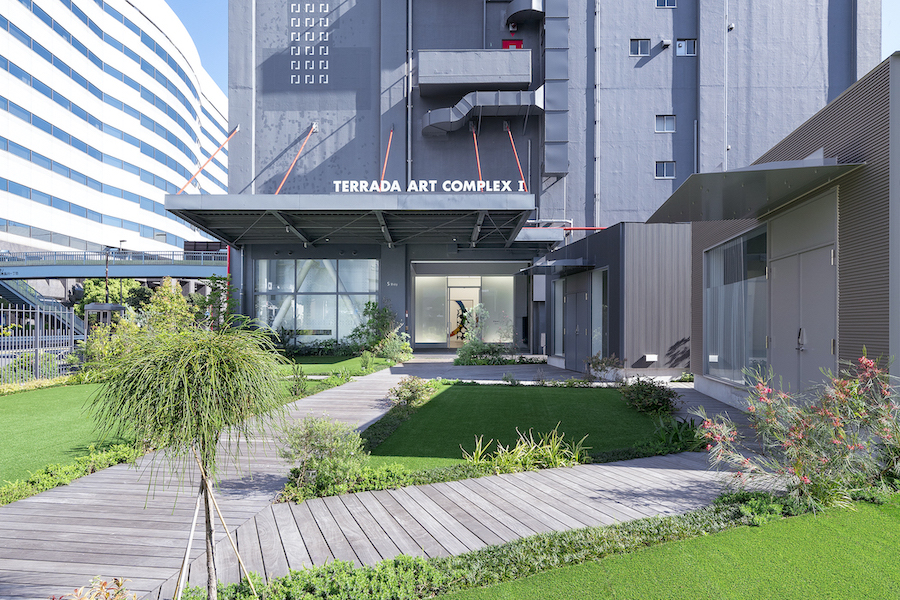
Why did you choose this location in Tokyo for opening the space there?
Despite the Japanese art market’s small size, Tokyo is undoubtedly its hub, which is why we, as art lovers who were born and raised in Japan, wanted to open a space here. We specifically chose Tennoz as it is an area where many art institutions (such as museums, art cafés, and event venues) and galleries are situated. MAKI Collection is located on the ground floor of Terrada Art Complex, which houses over 15 galleries and art institutions, both big and small. We were confident that this space would allow us to achieve our goal of establishing a gathering place for the art world.
What is the mission of the MAKI Collection?
Our mission is to increase the number of active artists and collectors in Japan, as well as to promote the transparency and expansion of the Japanese art market. We want to impart the joy of collecting art to as many people as we can.
Another more practical task is to share knowledge about acquiring, storing, and exhibiting art, as well as any relevant tax information, since these are often the biggest concerns held by collectors.
What are the ways to achieve this mission?
To achieve this mission, we believe that artists, collectors, galleries, museums, and the like need to set aside their respective labels and communicate openly with one another. We opened MAKI Collection hoping it will act as a gathering space where people can socialize, discuss, and bounce ideas off one another.
Therefore, our collection is primarily comprised of living artists of our generation, most of whom we have met in person. We want to foster an environment in which artists, their gallerists, and collectors can come together to discuss various issues, such as tax regulations. We believe our mission can be achieved by building a coalition that will allow us to propose ideas promoting the expansion of the art market to museums or government entities.
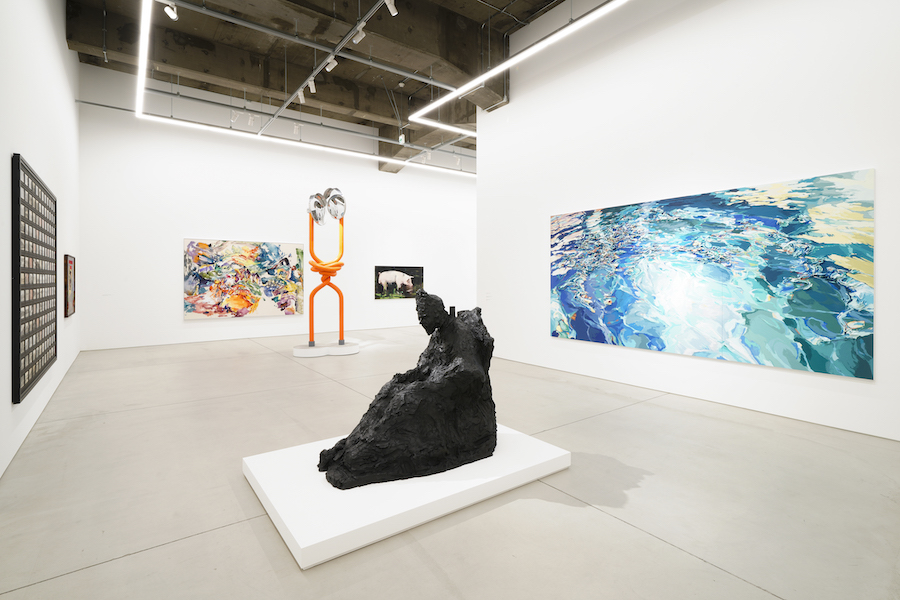
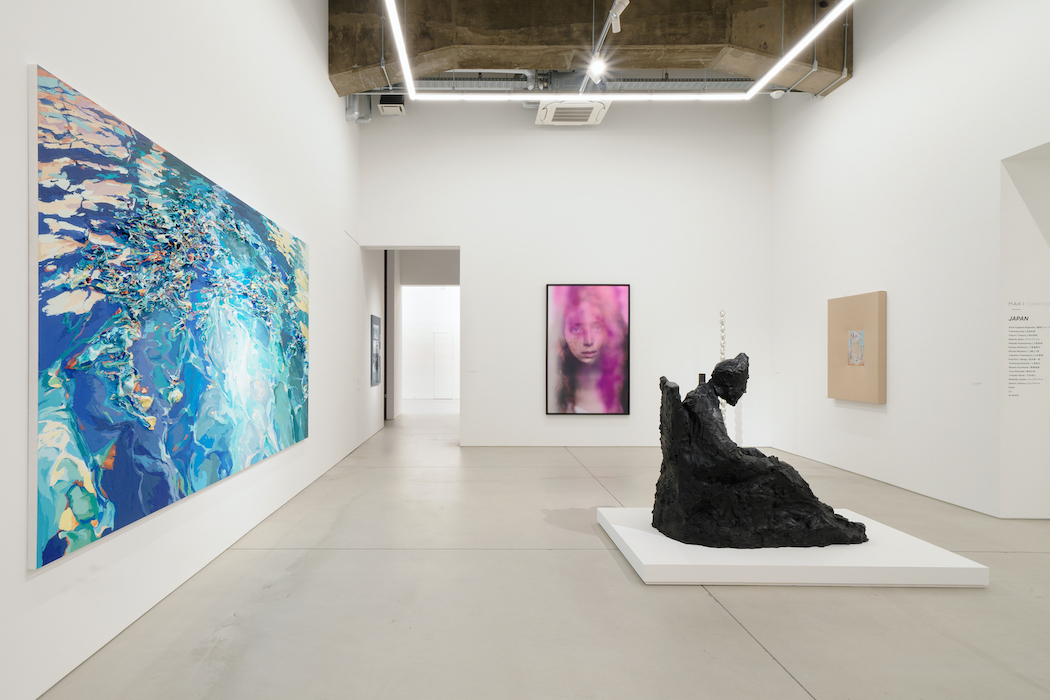
How many artworks do you own and how many of them are displayed in the MAKI Collection space?
Our collection includes around 500 works, with a focus on larger works. The MAKI Collection exhibitions display around 50-60 works at a time. We try to switch out the exhibited works every once in a while, so we can show as much of our collection as we can to the public.
What is the theme that links up the artworks in your collection? Any examples of artworks that are particularly representative?
A common theme is that we collect works we love, by artists we have actually met in person either through a studio visit or at a gallery show. The artwork that best represents this is Jonas Wood’s “Tennis Court Drawings”, for which we have built a designated room where the work is displayed until 2025.
The works of Yukimasa Ida, an emerging Japanese artist with whom we have a close relationship, are also an important part of our collection.
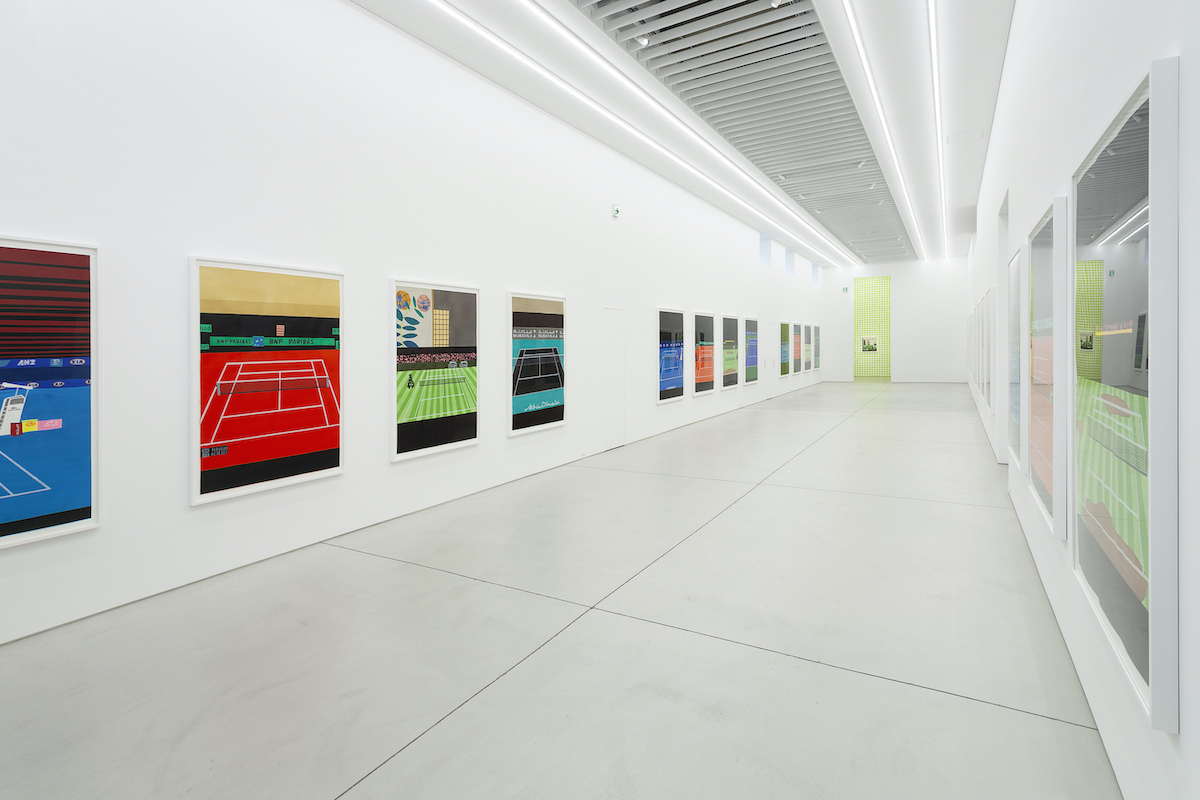
What are the criteria to decide what from your collection to show publicly in the space?
First, we pick a theme for the exhibition, and then we decide which artworks fit that theme. It is also important to have a good mix of two-dimensional, three-dimensional, and installation works.
How much do you involve in the programming as well as the curating of exhibitions in the MAKI Collection space?
We handle all of the programming and curating ourselves. We have built strong relationships with the artists we collect over the years, and in the end, we are the ones who understand our own collection the best.
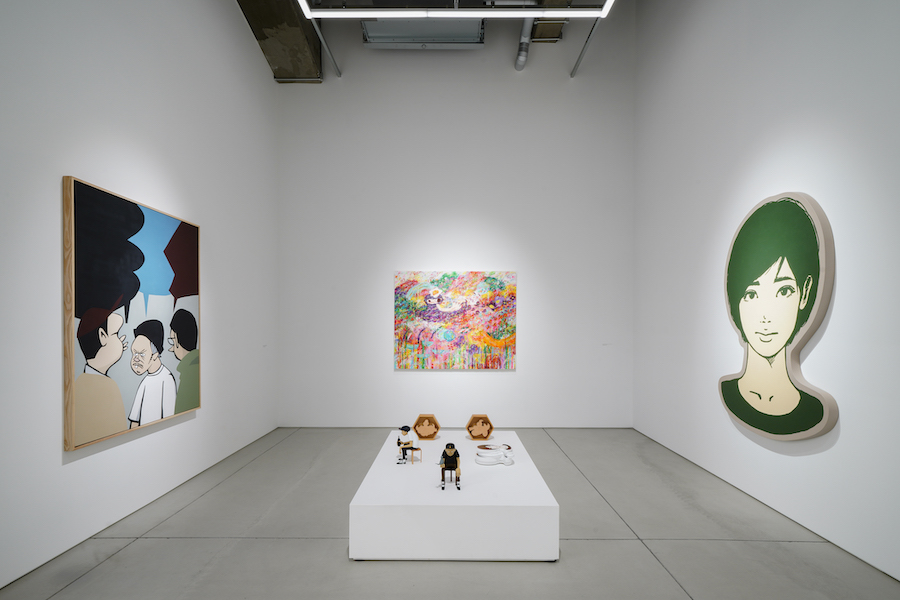
What is special about the current exhibition?
Our current exhibition, titled “JAPAN”, focuses on works by Japanese artists in our collection. Since travel has been restricted due to the global COVID-19 pandemic, our visitors right now are mostly Japanese. We thought we could turn this into a positive opportunity to shine a light on domestic artists.
Why have the “Tennis Court Drawings” by Jonas Wood particularly attracted you? And why did you decide to donate the whole series to LACMA afterwards?
The first time we saw Jonas’s tennis court paintings around seven years ago, they left an enormous impression on us. Around that time, abstract works, or works with highly complex and academic concepts, were the market favorites. Contrary to the trends of the time, Jonas’s works were very much rooted in the everyday—his tennis court works are based on tennis matches as seen through the TV in his studio. We were captivated by the way he took aspects of daily life and incorporated them into his work while exhibiting total mastery of composition and color. Since then, we kept following his practice, and began to develop a particularly intense love for his work, ultimately becoming overcome with a strong desire to collect them. Jonas Wood is the artist that taught us what it truly means to collect art. He is undoubtedly the most important artist to us, and his works in our collection are like our children.
The donation of “Tennis Court Drawings” to LACMA, a renowned museum in Jonas’s hometown of LA, is a collaborative project with Jonas himself. It is an incredibly rewarding opportunity for us to work with the artist we respect the most, and to be able to leave our legacy for generations to come. This is the sort of experience that money cannot buy. We believe this project is the embodiment of MAKI Collection’s mission of bringing together artists, galleries, collectors, and museums, and we are tremendously happy and proud to have been able to bring it to fruition.
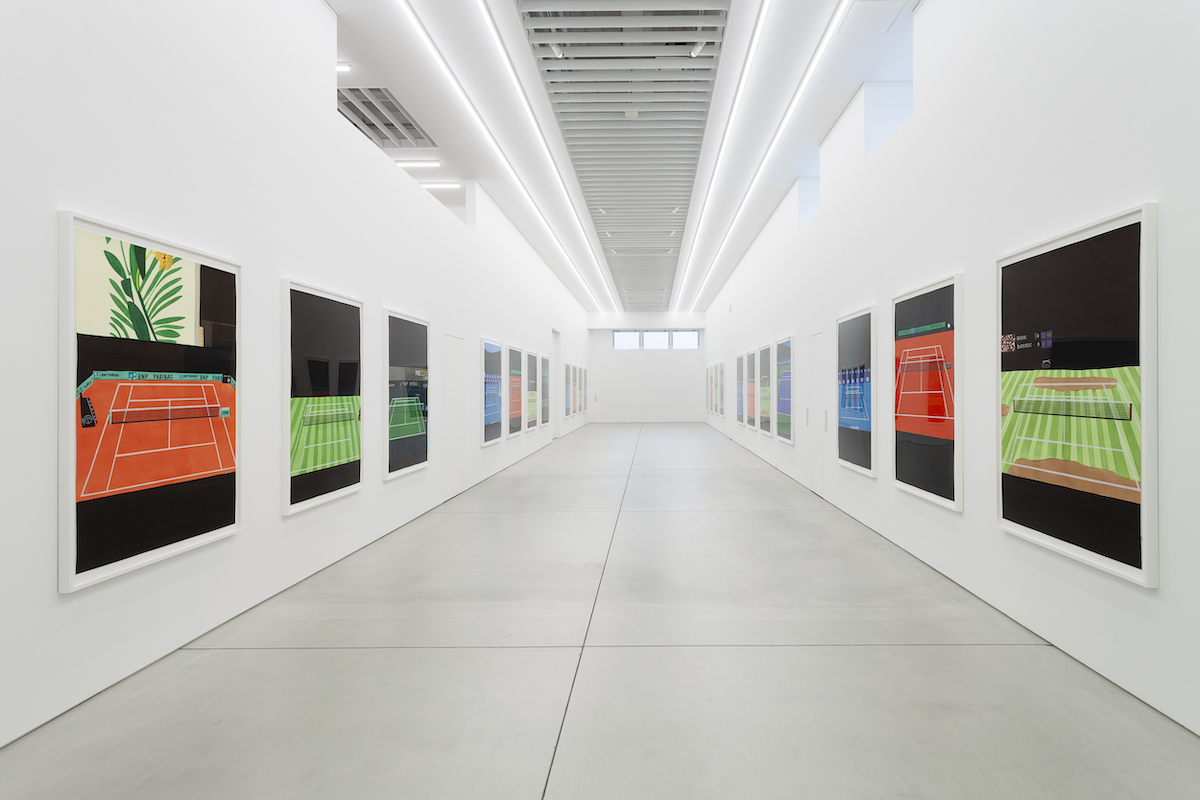
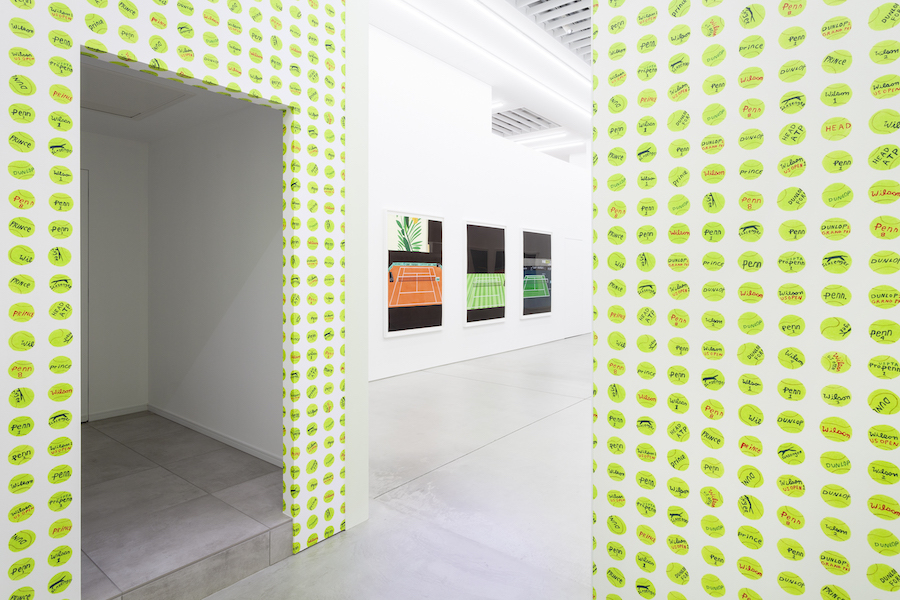
What are the special upcoming programs that we definitely should not miss out?
MAKI Collection was actually supposed to have its grand opening in 2020, one month before the Tokyo Olympics, with an inaugural exhibition of the collection’s most significant works. We planned on inviting artists, gallerists, museum personnel, and fellow collectors from around the world for the opening. However, MAKI Collection ended up opening its doors amid a pandemic, and we have only been able to welcome domestic visitors so far.
Once the pandemic settles and people are once again free to travel between countries, we hope to revisit our aforementioned plans. Please do stay tuned for this upcoming project.
What was your happiest moment since the space of MAKI Collection has been set up?
The MAKI Collection space was a longtime dream of ours, which we have planned for more than a decade. Although we were not able to realize our original goal of opening with the Olympics, our happiest moment was when various Japanese artists, collectors, and art-world individuals showed up at our grand opening, and everyone was engaged in conversation, discussion, and the exchange of ideas.
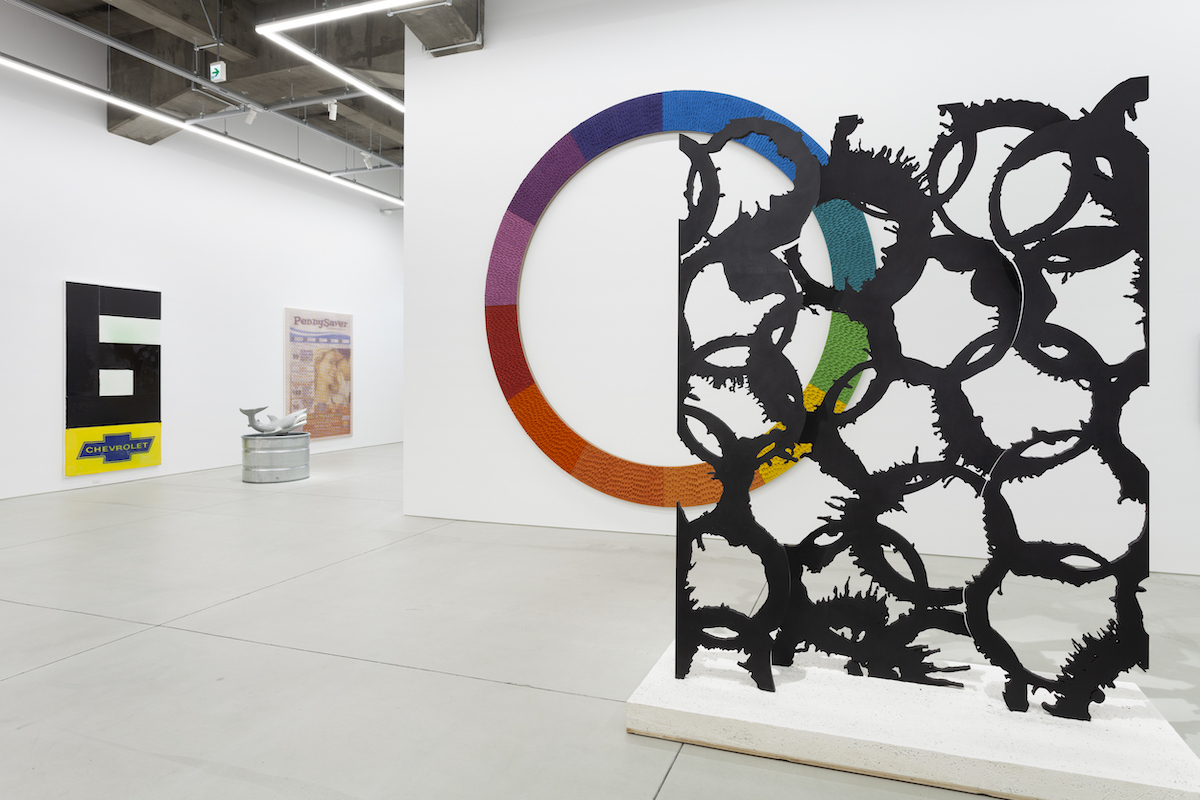
Honestly, does owning a private museum help you get the best artworks or the works you want more easily?
This is a difficult question, but as long as you are interacting with both artists and dealers earnestly and appropriately, and you are exhibiting your collection with a deep understanding of the works, you may indeed be offered better works than other collectors if you have a private museum or some kind of permanent, public collection space. It is true that MAKI Collection is often offered the main pieces of exhibitions at the recommendations of top gallerists and artists from around the globe. However, we believe any such benefits reaped by a private museum are still largely dependent on aspects such as the quality of the space, or the philosophy of the collection.
What are on your wish list of 2021 regarding artworks and your art space?
Our wish list is perpetually growing. We have already welcomed many pieces to our collection in 2021, but we are primarily focusing on Japanese artists at the moment, since it is currently virtually impossible to travel overseas and see artworks or interact with artists in person. As we have mentioned earlier, Yukimasa Ida is the Japanese artist we are focused on the most right now, and we are considering adding more of his paintings and sculptures to our collection. In addition, Brooklyn-based artist Michael Kagan, who is the subject of much international attention, has been working with us for years now — since even before the pandemic — on an especially important series of works. We may even build a new space in the future.
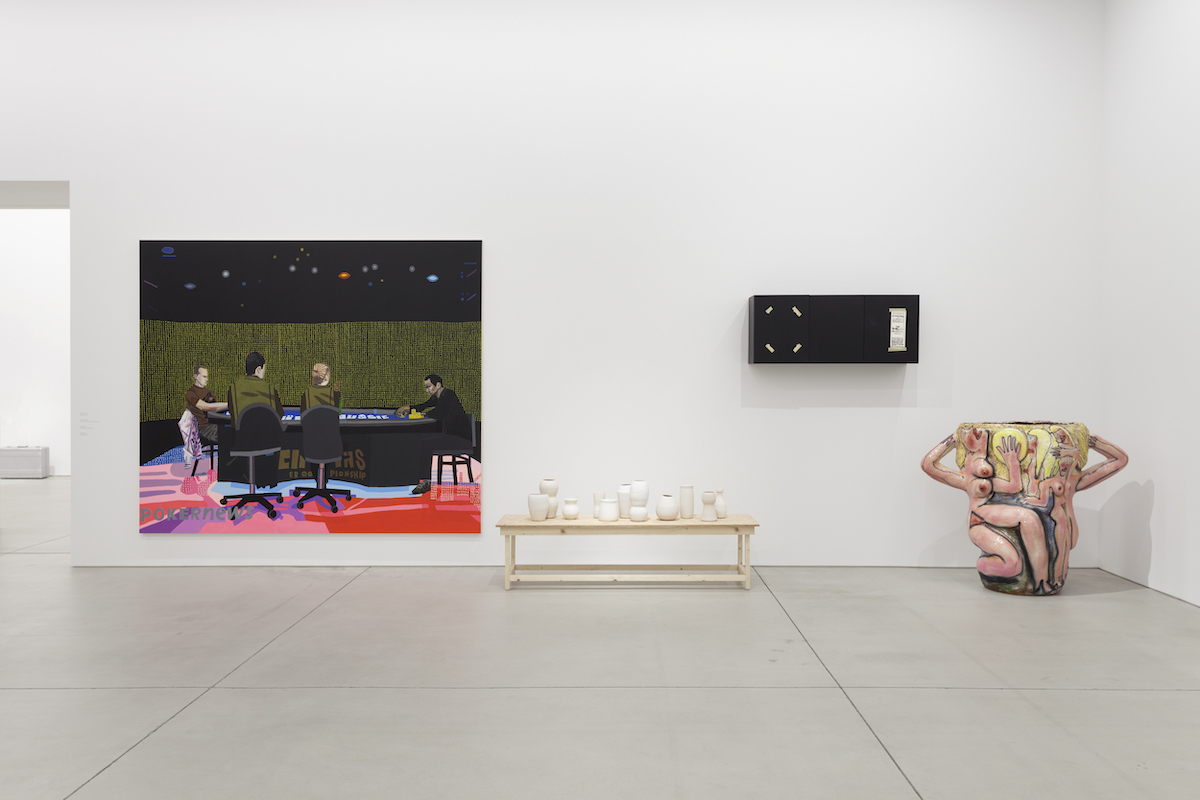
What do you think are the key elements that determine the success of a privately owned, publicly accessible space?
In contrast to public or corporate museums, we believe it is key for private collection spaces to be open to the general public, free of charge, to reach the largest audience possible. Such a venture would be a significant financial burden as it will bring no revenue, but we believe it is vital for a collection and its philosophy to be recognized by as many people as possible. Once one has achieved that goal, one may reach a level of success that cannot be obtained with money.
Moreover, success may also mean sharing the beauty of art with as many people as possible — either through the works of MAKI Collection, or the collection space itself.
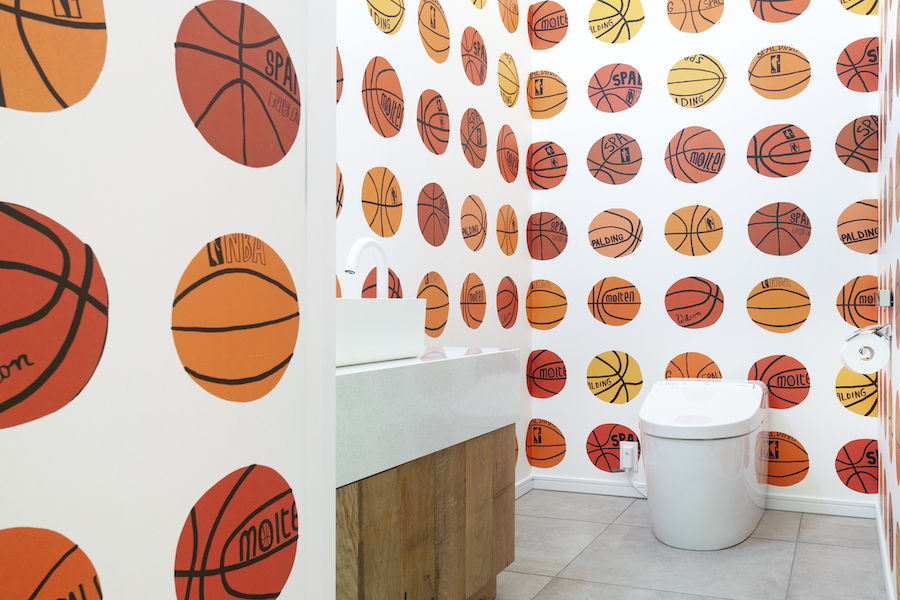
How is the Japanese art ecosystem right now as you observe? How does MAKI Collection contribute to it?
As we’ve said, Japan’s ecosystem lags behind other countries. Communication between museums, galleries, artists, and collectors is minimal in comparison to Europe and the United States, and institutions such as art fairs, auctions, NPOs, and government agencies are also not well coordinated. Therefore, regulation surrounding inheritance tax and the donation of artworks, as well as other forms of infrastructure key to a thriving art market, are severely underdeveloped.
By publicizing our private collection free of charge and donating works to museums both domestically and abroad, MAKI Collection’s proactive, visible participation in the global art ecosystem exposes the many disadvantages of such ventures in Japan. We hope that our actions will be better understood in the future, and that they will lead to a better art world.
What are your visions for MAKI Collection in the next five and ten years respectively?
Firstly, MAKI Collection will be donating Jonas Wood’s “Tennis Court Drawings” to LACMA in 2025. We believe we can convey a number of messages through this project, in which a private Japanese collection donates a significant work of art to an overseas museum. We plan to use this as an opportunity to start even more projects in the future.
Specifically, we hope to establish a system and space for an artist residency program, where artists from around the world can come to Japan and create work while experiencing Japanese culture firsthand, and closely interacting with Japanese artists and collectors. We are also considering building another space that can host large-scale exhibitions and events, as well as a garden where outdoor sculptures can be displayed. These are some of the projects we have in mind at the moment.
Since MAKI Collection opened during the COVID-19 pandemic, it is still largely unknown to the overseas audience. Once we can freely travel to and from Japan, we hope to welcome many visitors from around the world, and this information will in turn be relayed from Japan abroad. This may allow our collection to make even further advancements.
In five years, we hope to see the communication and exchange of ideas between the Japanese and global art worlds finally get going, and in ten years, we hope MAKI Collection will continue to expand while maintaining its philosophy, values, and position as a catalyst for conversation and change in the art world.
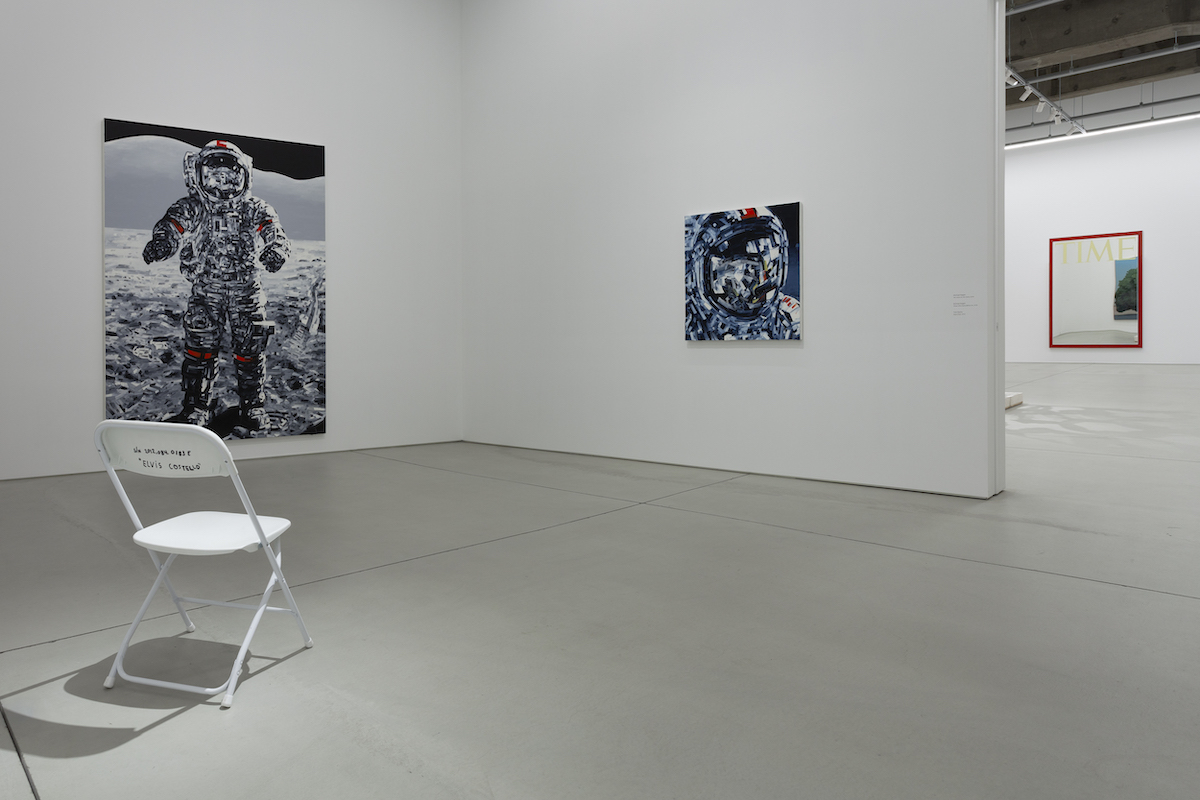
Related: MAKI Collection
Instagram: @maki_collection
By Ricko Leung





